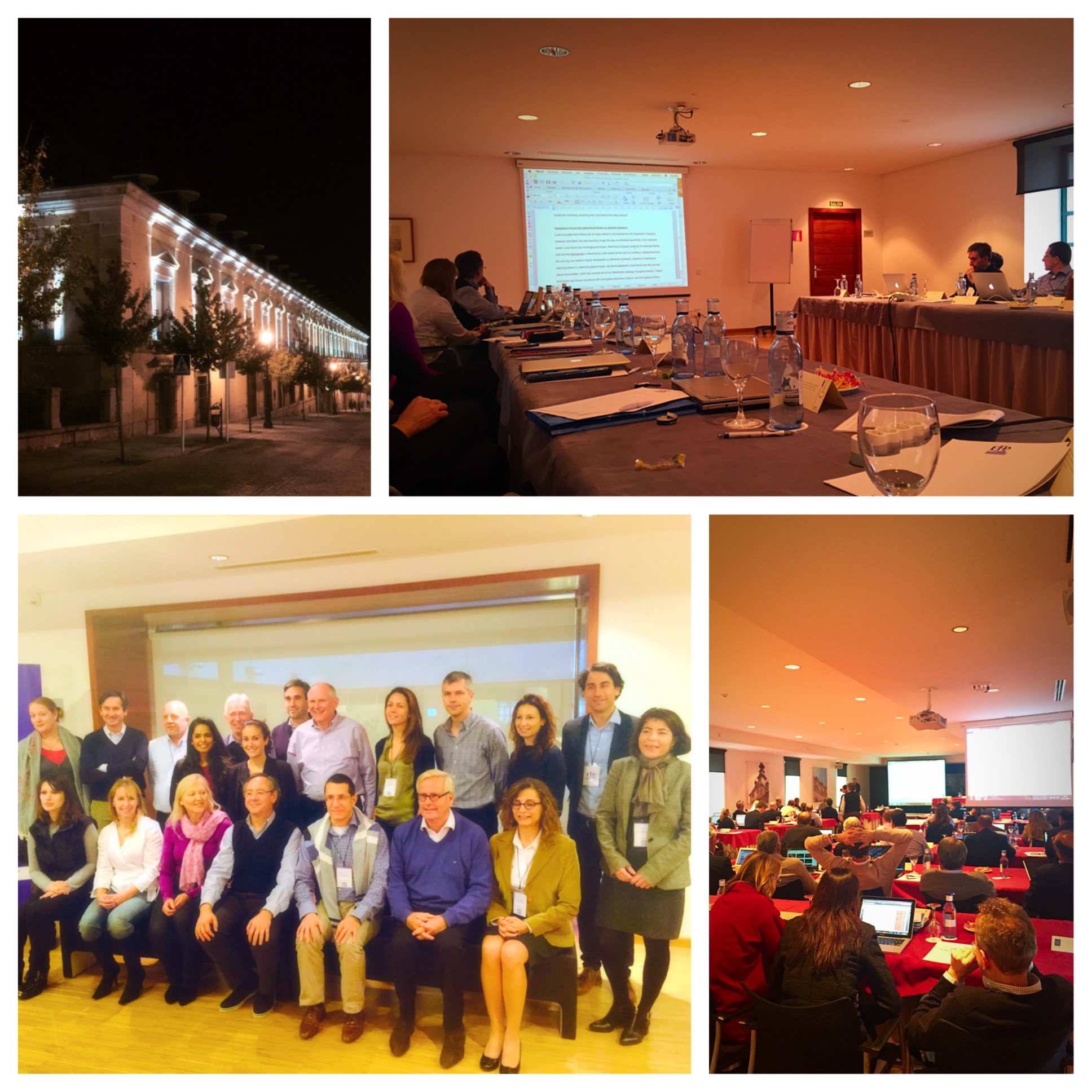May 11, 2015

The European Federation of Periodontology (EFP) organise an annual European Workshop on Periodontology. Each workshop has a theme and the most recent was effective primary prevention of periodontitis and peri-implantitis. The aim of the workshop was to appraise and discuss current evidence-based systematic reviews and meta-reviews to create consensus reports and recommendations for public health, practitioner’s and future research that are then published and shared with the rest of the dental profession.
The EFP media team kindly invited me to La Granja to experience this year’s workshop. As a Perio post-graduate student, I have quoted and referenced the European Workshops countless times during discussions and essays, but I had no real idea as to how these workshops were set up and how these key decisions were made. I’m sure you’ve also seen previous consensus statements and possibly wondered how these were agreed? I thought I’d share my insight into the process, as I do not know of another society that has such a rigorous process for the creation of consensus statements.
The EFP committee invite a group of 80-90 worldwide experts for that year depending on how well their research interests match the workshop theme. The group is divided into 4 working groups who each focus on selected topics. For example, this years topics included treatment of gingivitis and peri-implant mucositis as primary preventive strategies, treatment of halitosis, and complications of oral preventive strategies. The workshop is over 2-3 days and the time is divided into working group and plenary sessions.
The working group sessions begin with the chairmen setting questions that are based upon pre-written and accepted systematic reviews by experts. For example, when considering halitosis, some obvious questions would include: the definition of halitosis, its aetiology, the treatment and so on. The experts modify and agree these questions in order to focus on what dental professionals, patients and the public would find helpful for their daily use.
Once the questions have been formulated, the group attempt to answer these questions using the available evidence. A word document is projected onto a large screen and the chairman types and edits this as the meeting progresses. Discussions can be intense and there are always conflicts in opinion. However, by debating any disagreements the group always comes up with a majority agreement i.e. a consensus.
In between the working groups sessions, all the groups join together for a plenary meeting. This is in a large conference hall and essentially the chairman for each group presents back their documents. During this time, the other experts usually highlight any issues that need additional attention and when the group then split up again, further improvements are made. This rigorous cycle continues until a final consensus agreement has been made by the entire plenary. The structure and content of the report is carefully thought through and every sentence is analysed and “word-smithed” before agreement. So as I’m sure you can imagine, the experts work extremely hard during the workshop days and often the meetings do not conclude till late evening.
In the weeks following the workshop, the chairmen of the 4 working groups make the final edits to their consensus reports. The conclusions are then distributed internationally primarily through EFP’s prestigious Journal of Clinical Periodontology.
Available for all to read at: http://onlinelibrary.wiley.com/doi/10.1111/jcpe.2015.42.issue-S16/issuetoc



